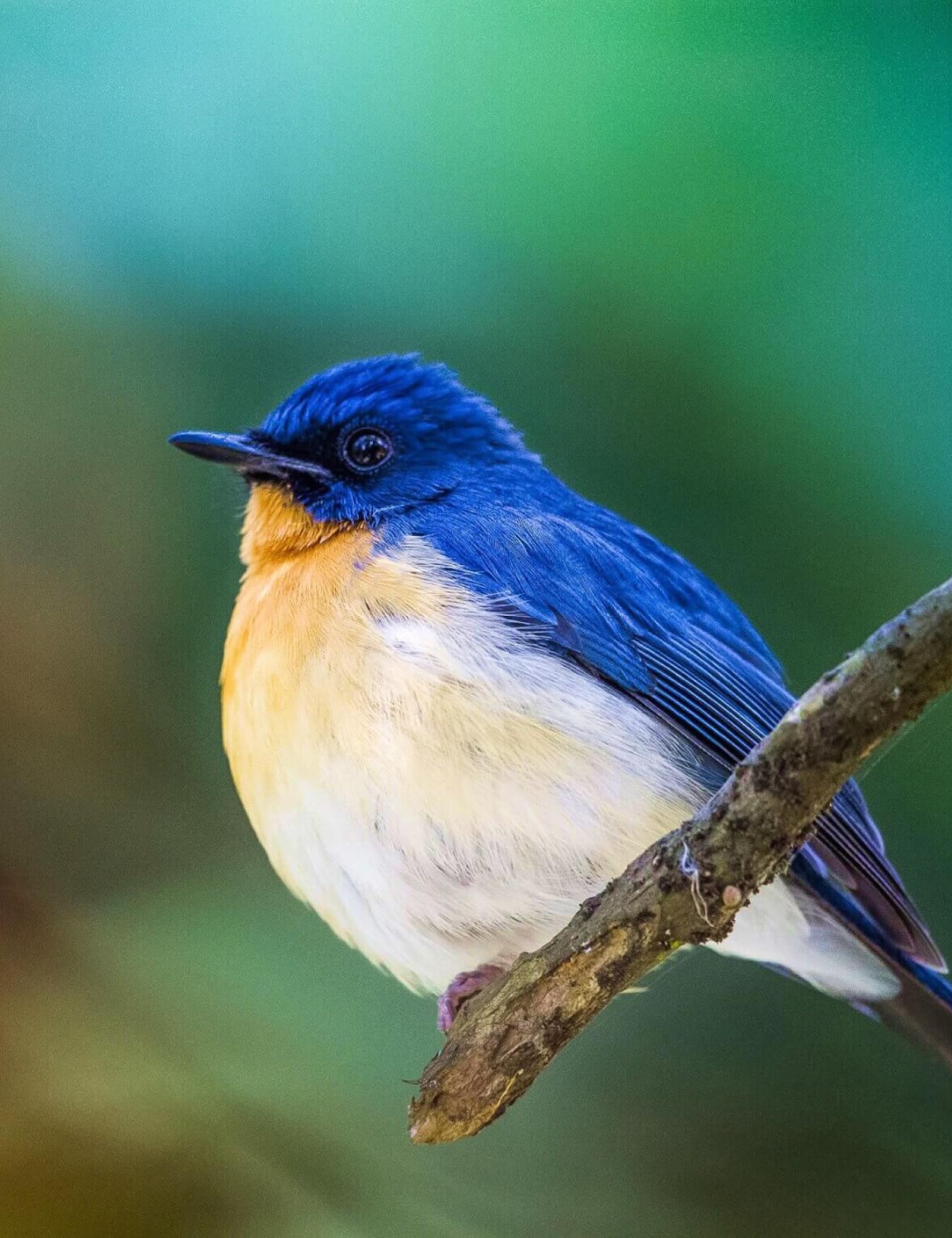Overview
Ladakh is a sizable portion of Kashmir’s northern and eastern region, in the northwest of the Indian subcontinent. A portion of northeastern Ladakh is also administered by China. Ladakh has been divided administratively between Pakistan (northwest), which is a part of Gilgit-Baltistan, and India (southeast), which is a part of the Ladakh Union Territory.
The upper Indus River valley and the Ladakh Range, a southern extension of the Karakoram Range, are located within the roughly 45,000 square miles (117,000 square km) of Ladakh. One of the highest places on earth is Ladakh. High plains and steep valleys make up the majority of its natural characteristics. Ladakh has a chilly and dry climate. The amount of precipitation is about 3 inches (80 mm) on average per year, with regular and occasionally heavy falls of fine, dry, flaking snow. The only areas of vegetation are valleys and protected areas, where tamarisk (genus Tamarix) shrubs, furze (also known as gorse; spiky plants of the legume family), and other plants grow stuntedly and provide much-needed fuel. Wheat, barley, millet, buckwheat, peas, beans, and turnips are the main crops. The main products are woollen cloth and other textiles.

Best Time to Visit
The best time to visit Ladakh is from April through July during the summer months when temperatures range from 15 to 30 degrees Celsius. Nearly the entire year, Ladakh is renowned for its exceptionally low temperatures.
Park Closure
Open: All Year Around
Safari Options: Any Private Vehicle, Jeep Safari.

Fauna
The snow leopard is the jewel of Ladakh. It is estimated that there are more than 200 snow leopards habiting in the Hemis National Park Located in the eastern part of Ladakh. The cold desert of Ladakh is home to many mammals and birds that have adapted to the extreme cold of the Indian Himalayas in different ways. Many of Ladakh’s animals are endangered such as the Snow leopard, the Tibetan wolf, the Tibetan argali, and the black-necked crane. The most common animals found here are – Yak (a wild ox), the largest animal found in Ladakh. Nyan, the largest sheep in the world. Bharal, the blue sheep, and Urial, the smallest sheep in the world.
Flora
There are hardly any trees and vegetation in sight except for the few narrow valleys that are fertile. However, the sky is clear and beautiful as if we are somewhere other than Earth. Along the riverbanks, one can see a greenish patch of land, and it is only near the snow line that one can see wild roses, willow groves, and some herbs. However, above that, due to the rapid decrease in temperature, the vegetation becomes stunted and sparse.

How to get there ?
By Air
By Rail
By Road
Partner Camps
Related Tour
No related tour found for this destination
